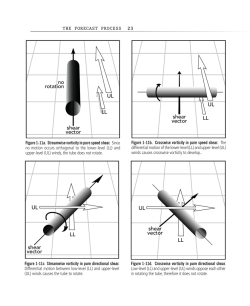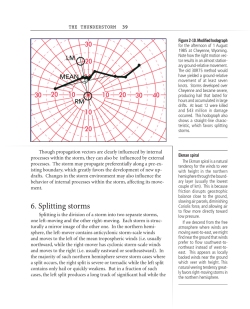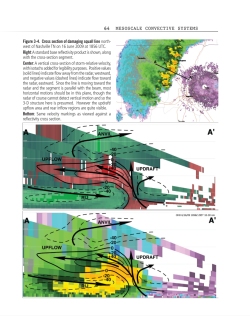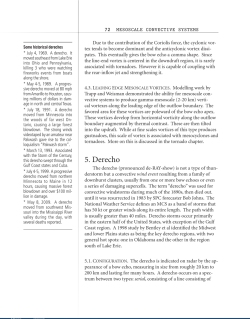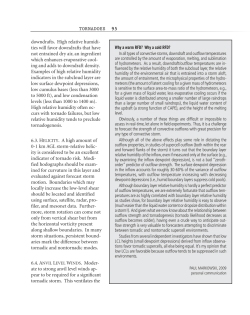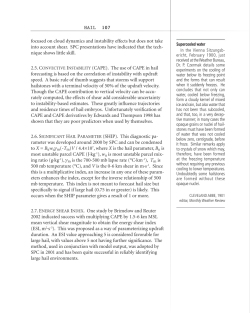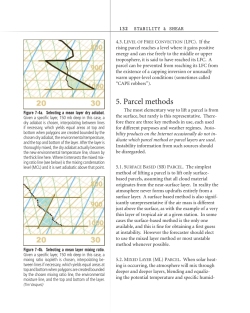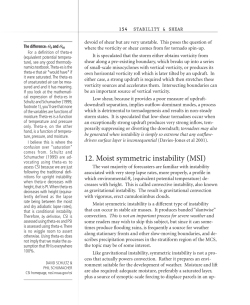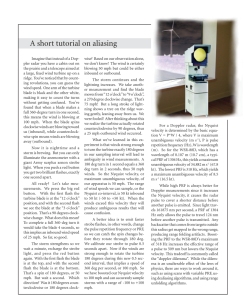Severe Storm Forecasting is designed for operational forecasters, hobbyists, professionals, and anyone who wants to get
fully immersed in the current state of severe weather prediction. Rather than dwelling on the details of theory, mathematics, and research,
this title is geared solidly toward forecasting in an informative, easy-to-read format.
It's written by Tim Vasquez, who forecasted for Air Force
flight operations in the 1990s, began storm chasing in 1987, ran the Chase Hotline consulting service from 2000-2009, and
ran the Stormtrack website from 1997 through 2011.
About the author
Tim Vasquez began a meteorology career in 1984 writing the weather page for a Dallas newspaper. From 1989 to 1998 he was an Air Force meteorologist and worked at two television stations. He developed the Digital Atmosphere weather analysis software system in use worldwide. Residing in Texas, he is a software programmer, a consulting meteorologist, and a columnist for Weatherwise magazine.
|
Contents
CHAPTER 1 - The Forecast Process 1.1. A brief history / 3 1.2. The forecast process / 5 1.3. Objective methods / 6 1.4. Subjective methods / 10 1.5. The balanced forecast / 12 1.6. Scales of motion / 14 1.7. Wind expressions / 17 CHAPTER 2 - The Thunderstorm 2.1. Storm morphology / 27 2.2. The updraft / 29 2.3. Mesocyclone / 32 2.4. Downdraft / 33 2.5. Storm motion / 37 2.6. Splitting storms / 39 2.7. The severe storm / 41 2.8. Multicell storms / 42 2.9. Supercell thunderstorms / 43 2.10. Heavy rain and fl ooding / 51 2.11. Cloud structures / 53 CHAPTER 3 - Mesoscale Convective Systems 3.1. MCS types / 59 3.2. MCS features / 61 3.3. MCS dynamics / 68 3.4. Bow echo storms / 70 3.5. Derecho / 72 3.6. MCS propagation / 74 CHAPTER 4 - Tornadoes 4.1. Supercell tornado lifecycle / 80 4.2. Supercellular tornado mechanisms / 83 4.3. QLCS tornadoes / 88 4.4. Miscellaneous tornado types / 89 4.5. Tornado damage / 91 4.6. Tornado prediction / 93 4.7. Tornado nowcasting / 96 CHAPTER 5 - Hail 5.1. Hail formation / 101 5.2. Hail prediction / 105 5.3. Hail detection / 108 CHAPTER 6 - Lightning 6.1. Lightning types / 111 6.2. Lightning formation / 113 6.3. Dipole characteristics / 118 6.4. Lightning detection systems / 119 6.5. Lightning forecasting / 121 CHAPTER 7 - Stability & Shear 7.1. Types of instability / 125 7.2. Sounding basics / 127 7.3. The skew-T log-p diagram / 127 7.4. Lifting a parcel / 130 7.5. Parcel methods / 132 7.6. Modifi cation / 134 7.7. Sounding proximity / 136 7.8. Sounding characteristics / 136 7.9. Thermodynamic diagnostics / 141 7.10. The hodograph / 144 7.11. Instability-shear relationships / 153 7.12. Moist symmetric instability (MSI) / 154 7.13. Composite parameters / 157 |
CHAPTER 8 - Radar 8.1. Base products / 161 8.2. Limitations of radar / 163 8.3. Polarimetric radar / 169 8.4. Polarimetric base products / 171 8.5. Polarimetric radar derived products / 174 8.6. Dual doppler radar / 175 8.7. Storm evolution principles / 175 8.8. Severe storm signatures / 176 8.9. Hail signatures / 180 8.10. Tornado signatures / 184 8.11. Other valuable signatures / 187 CHAPTER 9 - Satellite 9.1. Image types / 191 9.2. Cloud forms / 194 9.3. Storm signatures / 198 CHAPTER 10 - Diagnosis 10.1. Upper level patterns / 203 10.2. Moisture / 207 10.3. Pressure / 211 10.4. Fronts / 213 10.5. Other boundaries / 216 10.6. Dryline / 217 10.7. Subjective diagnosis / 220 10.8. Surface target zones / 221 10.9. Convective modes / 224 10.10. Special characteristics / 227 10.11. Localized phenomena / 227 10.12. Other phenomena / 231 10.13. Dynamic forecasts / 232 APPENDIX WSR-88D description / 241 Diagnostic Variables / 245 Hodograph / 249 Skew-T log P Diagram / 250 References / 251 Index / 261 |

